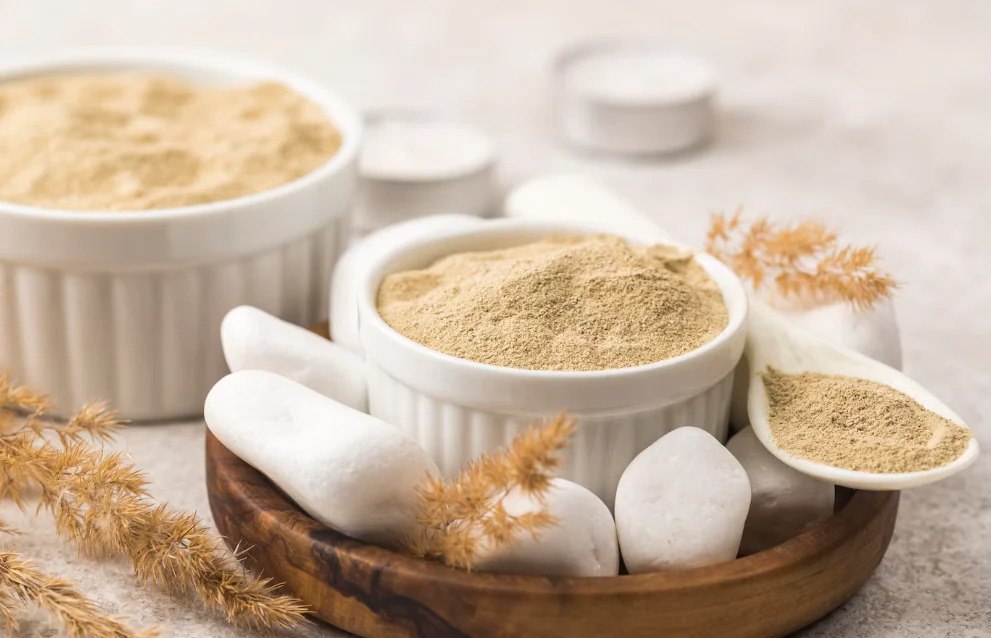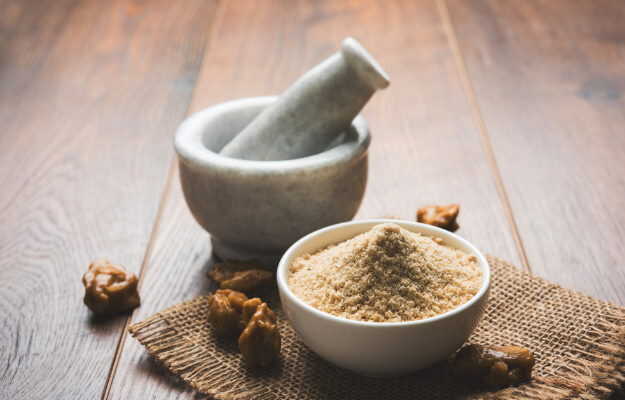Discover the profound significance of hing (asafoetida) in festivals and its integral role in religious and cultural practices. From being a key ingredient in traditional offerings and festive delicacies to its use in rituals for its auspicious and purifying properties, hing holds a special place in celebrations across various cultures. Its unique aroma and medicinal benefits make it essential in both culinary and spiritual contexts, symbolizing purity and enhancing the overall festive experience. Dive into the rich heritage and timeless traditions associated with hing during festivals and uncover its cultural importance.
What is the historical significance of hing (asafoetida) in our traditional festivals?
Short Answer: Hing, or asafoetida, has been used in traditional festivals for centuries due to its unique flavor and supposed mystical properties.
Long Answer: The historical significance of hing in traditional festivals stems from its longstanding use in Indian and Middle Eastern cuisines and rituals. This pungent spice, derived from the resin of the Ferula plant, has been treasured not only for its ability to enhance flavors but also for its supposed protective and purifying properties. In ancient times, it was believed that hing could ward off evil spirits and diseases, making it a staple in various ceremonial offerings and food preparations during important religious events.
- Historical Usage: Hing has been utilized for thousands of years in both culinary and ritualistic contexts.
- Protective Properties: Traditionally, it was thought to have the ability to ward off evil and purify environments.
- Flavor Enhancer: Beyond its mystical uses, hing was valued for its ability to enhance the taste of food.
- Medicinal Use: Ancient texts highlight its role in Ayurvedic and Unani medicine.
Across the ages, hing’s role has evolved but it has consistently been a fixture in both the kitchens and temples of many cultures. Its pungent aroma is often an indicator of auspicious activities, making it a cornerstone of festive preparations. For example, in ancient India, hing was a key ingredient in the preparation of food for major festivals, ensuring the dishes were both delectable and symbolically potent.
How is hing used in different religious rituals and ceremonies?
Short Answer: Hing is often used in religious rituals as a purifying agent and in offerings, as well as a spice in sacred dishes.
Long Answer: In religious rituals and ceremonies, hing plays a multifaceted role. It is commonly used during the preparation of prasad (sacred food offered to deities) in Hindu temples. The spice is believed to purify the offerings and is thus integral to the preparation of various sacred dishes. Additionally, hing is used in the fumigation of ritual spaces, a practice believed to cleanse the area of negative energies and ensure a sanctified environment for worship. This multifaceted usage underscores hing’s importance in maintaining both the spiritual and physical purity of religious practices.
- Prasad Preparation: Hing is mixed in sacred foods offered to deities.
- Fumigation: Used to cleanse ritual spaces and purify the environment.
- Ceremonial Food: Incorporated into dishes served during religious festivals and rituals.
- Libations and Offerings: Hing is sometimes sprinkled on offerings made to deities.
The practice of using hing in sacred rituals dates back to ancient civilizations, where it was believed that its strong scent could drive away evil spirits. In many parts of India, hing is mixed with ghee and used in lamps that are lit during prayer ceremonies. The combination of ghee and hing is said to create a purifying smoke that sanctifies the surroundings. Furthermore, hing is often added to the holy water used in abhishekams (ritualistic baths of deities), enhancing the spiritual efficacy of the ritual.
Are there specific festivals or cultures that prominently feature hing in their celebrations?
Short Answer: Hing is notably prominent in Hindu festivals like Diwali and Holi, and in various regional celebrations across India.
Long Answer: Hing holds a special place in several festivals and cultural celebrations, particularly within Hindu traditions. During Diwali, the festival of lights, hing is an essential ingredient in many festive dishes prepared as offerings and for family feasts. Similarly, during Holi, the festival of colors, hing is used in traditional sweets and snacks. Various regional festivals also incorporate hing in their culinary customs, reflecting its widespread cultural significance. From north to south India, hing is revered not only for its flavor but also for its spiritual connotations, making it a staple in both grand celebrations and everyday rituals.
- Diwali: Hing is used in festive dishes and offerings during the festival of lights.
- Holi: Essential in traditional sweets and snacks during the festival of colors.
- Regional Festivals: Featured prominently in various local celebrations across India.
- Nag Panchami: Used in dishes and offerings during this festival dedicated to serpent gods.
In Diwali, for instance, the use of hing in preparing savory snacks such as “namakpare” and “mathri” underscores its culinary importance. During Holi, hing-laden delicacies like “kanji” (a traditional fermented drink) are popular. The versatility of hing in these celebrations speaks to its entrenched position in the cultural tapestry of India. Beyond India, hing is also used in Afghan and Persian festivities, where it is incorporated into both food and ritual practices, showcasing its broader cultural resonance.
What are the health benefits and possible spiritual connotations of using hing in these practices?
Short Answer: Hing offers health benefits like digestive aid and anti-inflammatory properties, while also being considered spiritually purifying.
Long Answer: Hing, known for its strong, distinctive aroma, is not only a culinary staple but also a traditional remedy with numerous health benefits. Its digestive properties are well-documented, as it aids in reducing bloating and gas. Additionally, hing possesses anti-inflammatory and antimicrobial properties, making it valuable in holistic medicine. Spiritually, hing is believed to have purifying effects, used to ward off negative energies and enhance the sanctity of religious practices. These dual benefits underscore its integral role in cultural and religious festivities, where physical health and spiritual well-being are both considered paramount.
- Digestive Aid: Helps in reducing bloating and gas.
- Anti-inflammatory: Contains properties that reduce inflammation.
- Antimicrobial: Acts against various microbes, enhancing food safety.
- Spiritual Purification: Believed to ward off negative energies and purify environments.
- Respiratory Relief: Used in traditional remedies for respiratory issues.
Hing’s medicinal properties are deeply rooted in Ayurvedic and Unani practices. It is often used to treat digestive disorders, respiratory problems, and menstrual issues. The spice is also known for its blood-thinning properties, which help improve circulation. In terms of spiritual benefits, hing is considered a powerful agent for enhancing concentration and mental clarity, making it a valuable addition to rituals that require focus and meditation. This blend of health and spiritual benefits makes hing a cherished element in traditional practices.
Conclusion
Hing, or asafoetida, plays a crucial role in festivals and cultural practices due to its historical significance, usage in religious rituals, and health benefits. Its unique properties and spiritual connotations make it a revered spice in various traditions. While substitutions are possible, hing’s distinctive essence in traditional recipes is irreplaceable, underscoring its enduring importance in cultural heritage.

